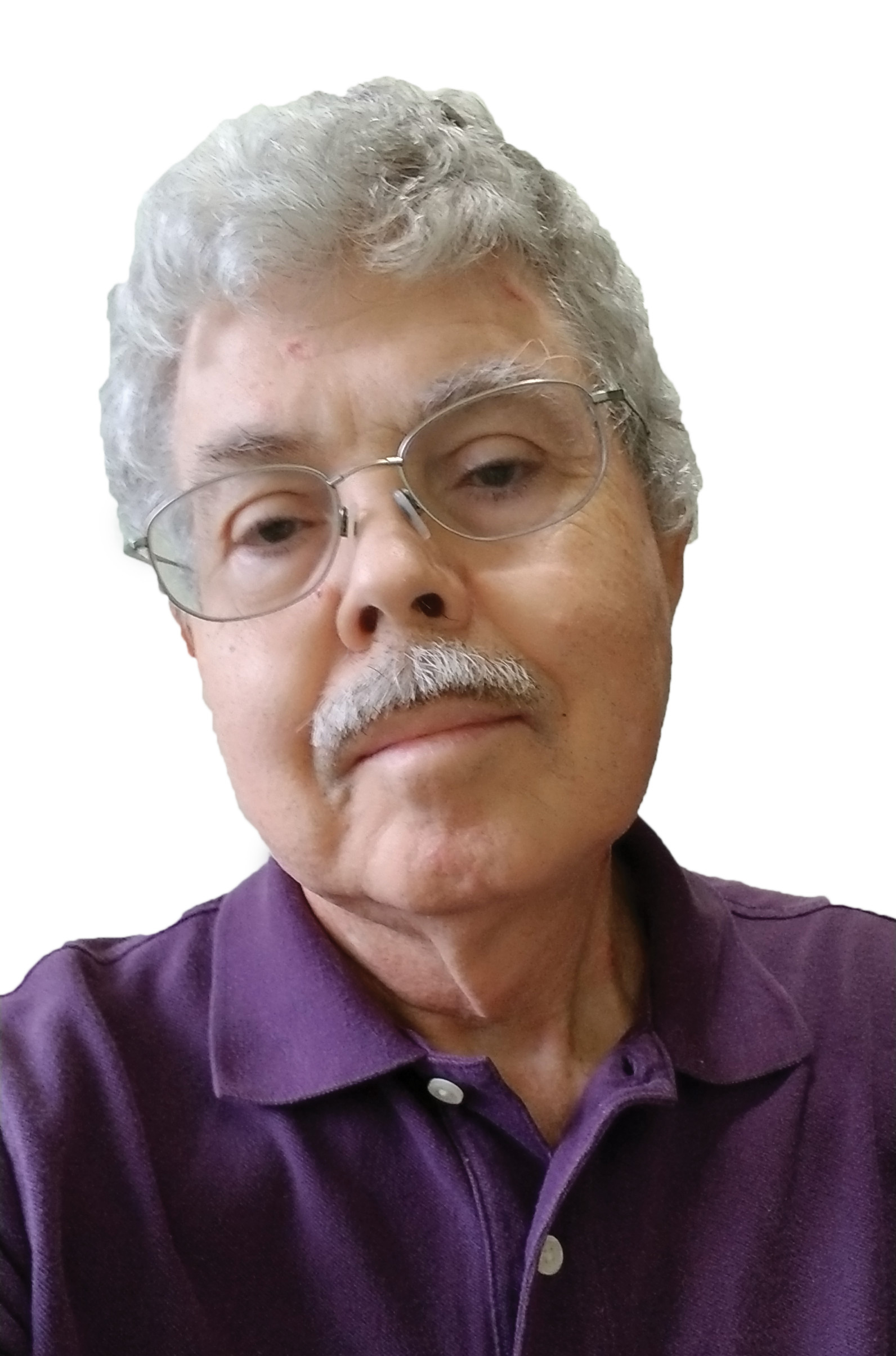Arecibo Observatory Antenna Gets New Feed
As anyone who has tried to align a satellite dish or microwave antenna knows, the bigger the dish, the narrower the beamwidth and the more difficult it is to aim.
Imagine attempting to find a signal using an antenna that's 1,000 feet in diameter. This is the challenge radio astronomers face when using the world's largest radio telescope at the National Radio Astronomy Observatory at Arecibo, Puerto Rico. Brian Jeffs, professor of electrical and computer engineering at Brigham Young University (BYU), offered some insight.
"The higher power the telescope is, the smaller the point in the sky you can look at with a single pointing--it's like a pinhole," said Jeffs.
Jeffs and his team of BYU engineers have a solution. They built a gold-plated array of many small antennas that raise the field of view to "40 pixels" without losing any sensitivity. A "pixel" is defined as the area the antenna could "see" with its previous antenna. The next step is to get a federal grant to incorporate technology to use liquid helium for cooling the device.
"Our ultimate goal is to build a permanent, science-ready antenna for the NRAO facility and the Arecibo Observatory," said Karl Warnick, associate professor of electrical and computer engineering at BYU.
Warnick hinted at another reason for developing the technology.
"There are two reasons you would want to pick up weak signals from space," he said. "Radio astronomy and satellite TV."
Warnick envisions a day when people could use a smaller version of the multiple-antenna array on their roofs, allowing them to pick up signals from multiple satellites--even those that travel across the sky--without having to move the antenna to point in a particular direction.
Warnick co-founded Provo start-up company Linear Signal LLC, which is funding a research project to make the technology available commercially.
The BYU news release has some nice pictures of the Arecibo antenna and feed assembly along with a video describing the installation.
If you receive the ARRL publication QST, don't miss the article "Moonbounce from Arecibo Observatory" in the August issue. It describes how radio amateurs, including key people at the Arecibo Observatory, used the antenna to make 242 contacts with other radio amateurs in different parts of the world by bouncing a 432 MHz signal off of the moon. Also check out the Observatory's web page. When preparing an application for modification of a TV station in Puerto Rico, I found out the observatory monitors the signal level from local TV stations and posts the results on a web page. More information on spectrum management at the observatory is available here.
Get the TV Tech Newsletter
The professional video industry's #1 source for news, trends and product and tech information. Sign up below.

Doug Lung is one of America's foremost authorities on broadcast RF technology. As vice president of Broadcast Technology for NBCUniversal Local, H. Douglas Lung leads NBC and Telemundo-owned stations’ RF and transmission affairs, including microwave, radars, satellite uplinks, and FCC technical filings. Beginning his career in 1976 at KSCI in Los Angeles, Lung has nearly 50 years of experience in broadcast television engineering. Beginning in 1985, he led the engineering department for what was to become the Telemundo network and station group, assisting in the design, construction and installation of the company’s broadcast and cable facilities. Other projects include work on the launch of Hawaii’s first UHF TV station, the rollout and testing of the ATSC mobile-handheld standard, and software development related to the incentive auction TV spectrum repack. A longtime columnist for TV Technology, Doug is also a regular contributor to IEEE Broadcast Technology. He is the recipient of the 2023 NAB Television Engineering Award. He also received a Tech Leadership Award from TV Tech publisher Future plc in 2021 and is a member of the IEEE Broadcast Technology Society and the Society of Broadcast Engineers.
